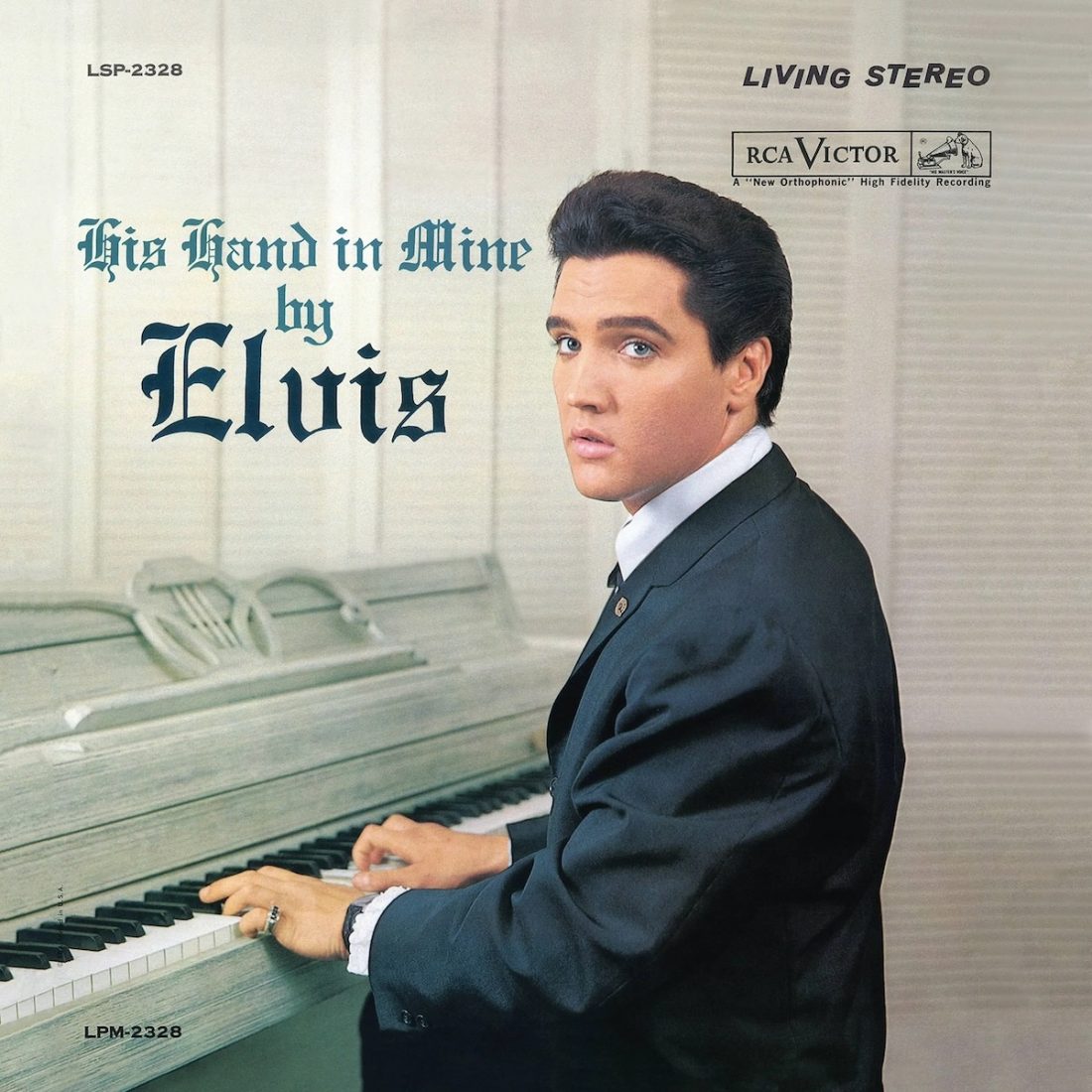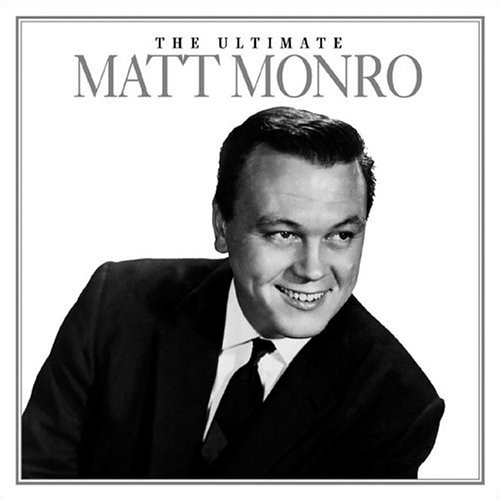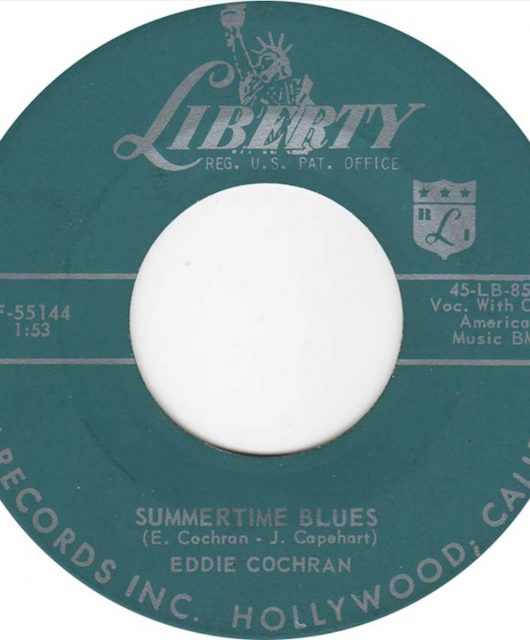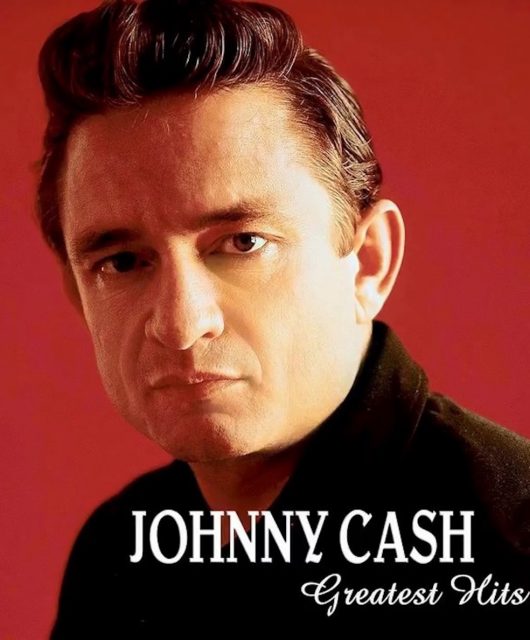Leaving his blues-influenced rock behind, His Hand In Mine was the first of Elvis’ gospel albums… but was this new sound what his fans wanted?
Words by Douglas McPherson
When Elvis released his first gospel album, it must have surprised some of his fans who didn’t hail from the South and weren’t part of the culture he had sprung from. Surely hymns were the antithesis of the rock’n’roll with which Presley had shaken the world just a few years before. Wasn’t the greasy-haired, rubber-jointed rocker supposed to be a bad boy, not a choirboy?
Like many of rock’n’roll’s pioneers, from Little Richard to Jerry Lee Lewis, however, Elvis had grown up in church and his love of the music – and his love of God – had never left him. When Elvis, Jerry Lee, Carl Perkins and Johnny Cash got together at Sun Studios in 1956 for the spontaneous jam session that became known as the Million Dollar Quartet, it was on the gospel numbers that the artists all found common ground, and where they seemed to enjoy themselves the most.
It would be hard to imagine, say, The Beatles jamming with The Rolling Stones in 1965 and deciding to sing All Things Bright And Beautiful. But rock’n’roll’sfirst wave came from a different world where that old time religion ran deep in the blood. When Elvis turned his velvet tonsils to the songs on His Hand In Mine it wasn’t an artistic whim, or an attempt to look pious. Material such as Jesus Knows What I Need and Mansion Over the Hilltop meant as much to him – if not even more – than Hound Dog or Jailhouse Rock.
Heaven Sent
For his fifth album, Presley may even have felt an imperative to ‘get right with God,’ or at least to show the world that he wasn’t the Devil incarnate that rock’n’roll’s haters had painted him as. It has been said that Elvis was deeply upset by the accusation that rock’n’roll was the Devil’s music. He may have been a musical iconoclast, tearing down the popular music of yesteryear and replacing it with an exciting new form, but he hadn’t set out to corrupt anyone’s morals. In his heart, he was still the God-fearing boy who had grown up singing in the Assembly Of God church.
Elvis had, in fact, released the slow and reverential Gospel EP Peace In The Valley in 1957, at the same time as he was topping the chart with All Shook Up. Although it barely cracked the Top 40, peaking at No.39, it reached No.3 on both the album and EP charts. So when Elvis went into Nashville’s RCA Studio B on 30 October to record His Hand In Mine, he knew there would be a market for it when it hit the shops just three weeks later, even if it was unlikely to produce another No.1 like the recent Hard Headed Woman or A Big Hunk O’ Love.
With him was his usual hit squad including Scotty Moore (electric guitar), Floyd Cramer (piano), DJ Fontana (drums) and backing vocalists The Jordanaires, who had started as a gospel group and would have been as much into the music as Presley.
Prayers Answered
Second track, I’m Gonna Walk Dem Golden Stairs, was actually penned by Jordanaires’ founder Culley Holt and first recorded by the group in 1952. Its upbeat tempo and doo-wop backing is a reminder that gospel was as much of an influence on rock’n’roll as rhythm’n’blues and country. In My Father’s House, meanwhile, finds Elvis sounding more like a member of a vocal group than a soloist being backed by one. At one point he even steps away from the mike to let Jordanaires’ bass singer Ray Walker deliver a verse.
The tightness of star, musicians and backing vocalists allowed them to make the whole album in a single 14-hour session, without a rough edge in sight, and the disc hangs together as a well thought out programme rather than a bunch of randomly collected songs.
Elvis was at his smoothest, vocally. He shows off a wide vocal range and also a broad range of moods, from the heartfelt to the playful, on a track list that pretty much alternates between delicate ballads such as Known Only To Him and rollicking uptempo items such as the traditional Joshua Fit The Battle that keep the album moving along at an engaging pace.
Passion Project
Highlights include Swing Down Sweet Chariot (not to be confused with Swing Low, Sweet Chariot, although they are similar) which Elvis returned to in the 1969 movie, The Trouble With Girls. Milky White Way swings along with a breezy country feel while perhaps the most memorable cut is I Believe In The Man In The Sky, a big loping number that you don’t have to be a gospel fan to enjoy, since it would sit easily alongside Presley’s more secular pop songs.
Elvis going gospel apparently suited Colonel Parker, who was keen to cultivate a family-friendly image for his boy. RCA presumably would have preferred Elvis to stick to more commercial fare but were probably happy to keep him sweet by letting him record a passion project, in the knowledge that more hits would be along in a minute.
Songs Of Praise
Interestingly, His Hand In Mine could have contained a couple of big hits. The Latin love song Surrender obviously wouldn’t have fitted the album’s theme, but it was recorded at the same session and presumably paid for the recording when it was released as a single the following year and hit No.1. The 1965 hit Crying In The Chapel was also cut on the same day and, being set in a church, might just have worked amid the gospel songs.
As it was, the only single extracted from His Hand in Mine was the title track – and it came out nine years later, at Easter 1969, when it failed to chart. The album itself peaked at No.13 in the US and No.3 in the UK, and was a perennial seller, certified gold by the end of the decade and platinum by the early 90s. Billboard, meanwhile, gave Elvis’ first gospel album a rave review, saying, “The gospel message has never been put forth with any more greater effect and impact than here.”
All we can add is, amen to that.
Read More: Rockin’ On Heaven’s Door – Rock’n’Roll Goes Gospel






